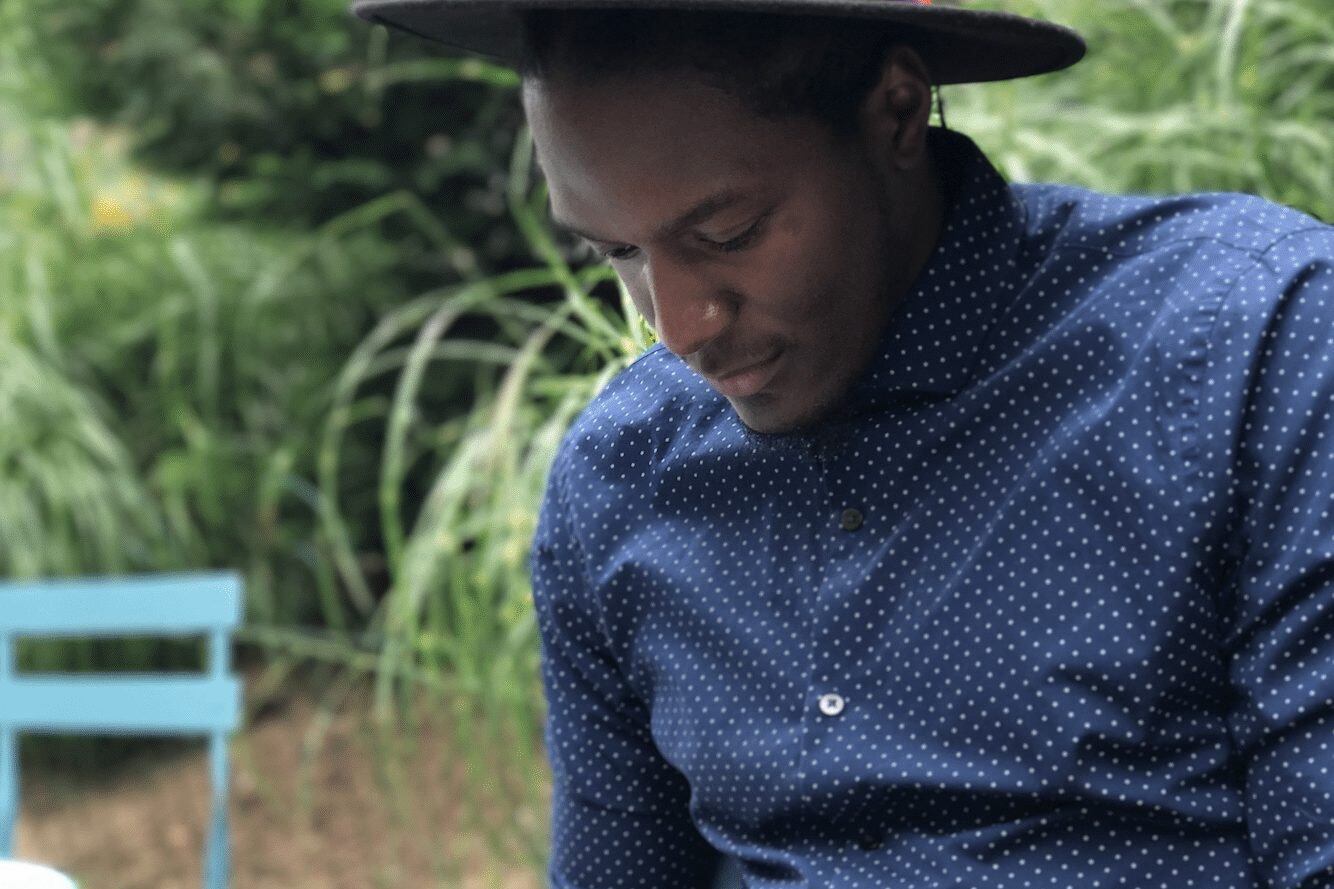As the worst of the coronavirus pandemic set in, Jordan Stewart, 18, weighed whether he should take a year off from school instead of heading to college. The Aurora teen eventually decided he should enroll at the University of Colorado Boulder.
“I just realized that if I do take time off, my motivation to get back to school might not be there,” Stewart said.
Like Stewart, many prospective Colorado college students have begun to decide that despite the pandemic they want to head to college in the fall, giving some higher education institutions a reason for optimism as their enrollment projections look stable from last year.
Student enrollment in Colorado is critically important for schools because tuition revenue makes up the majority of college and university budgets.
But even as student attitudes begin to shift toward attending in the fall, experts believe there is reason for schools to remain guarded as they try to predict what might happen amid the unprecedented pandemic.
Richard Hesel, whose firm provides market research support to higher education institutions, said the true impact of the coronavirus on student enrollment won’t be revealed until the September fall school census.
“The old models of predicting enrollment don’t work anymore in this crisis, because it’s never happened before,” said Hesel, a partner with the Arts and Science Group. “Schools should remain conservative. If enrollment turns out better than expected, then that’s great.”
The pandemic has proven unpredictable for schools, whose leaders have scrambled to adjust during economic closures and are working through numerous plans to open this fall. The need to sanitize buildings and adjust to new ways of teaching students during the spring and upcoming fall semester has brought about huge financial costs.
Colorado school leaders are worried, especially as state money has declined and enrollment, which drives revenue, remains unpredictable.
For now, some schools project that students will return at about the same rate as last year.
The University of Colorado Boulder projects relatively level enrollment.
Fort Lewis College forecasts a possible increase in enrollment.
Plenty could change between now and the fall in terms of enrollment, especially as coronavirus cases spike nationwide. Universities and colleges across the state are preparing for the worst.
Despite optimistic projections, CU Boulder is trimming costs with furloughs, pay cuts and reduced hiring. Fort Lewis College plans similar measures.
That’s also in part because Colorado’s state funding for public universities and colleges dropped 5% this year. That’s better than it could have been: Colorado cut its support by a whopping 58%, but for this calendar year federal coronavirus rescue funds fill much of the gap.
Nonetheless, the real concern is whether students will show up. Tuition on average makes up 71% of educational revenue for the state’s schools. Colorado for years has cut back its support for higher education, so state monies now are a small portion of their revenue.
The University of Northern Colorado projects a 10% reduction in undergraduate enrollment this year, with a hit to its budget of about $24 million, down to $175 million this year, according to Nate Haas, a school spokesman.
Western Colorado University leaders plan for a 2% dip for continuing students this upcoming school year, spokesman Jeremy Simon said.
State schools could lose significant revenue from foreign students, who pay higher tuition than in-state students. This week U.S. immigration authorities ordered international students to leave the country if their colleges go to online-only learning.
While colleges are cutting budgets, they’re also trying to spare services that support students, especially Black, Latino, Native American and low-income students, and help them stay in school.
“Our focus on retention and supporting student academic success has always been important, but they will be even more critical as we navigate the uncertainties that lie ahead within our new operational model,” said Deborah Mendez Wilson, a CU Boulder spokeswoman.
Even so, Hesel said services and student aid could diminish, either because of reduced budgets or because of the virus.
Hesel said he worries most about what financial aid is available to low-income and students of color. He believes the federal government needs to do more to help students realize their dreams of college. More affluent students, he said, have more flexibility to decide to opt out of school depending on what happens.
“We found that for some institutions, if they could offer more financial aid like a special COVID-19 grant, you would see a very favorable impact,” Hesel said. “Some institutions can’t afford to do that.”
Stewart, who graduated recently from Aurora’s Vista Peak Preparatory high school, lined up enough financial aid to pay for most of his schooling at Johnson and Wales University, a private institution. His hope of attending the school — his No. 1 choice — was dashed in June when the institution announced the closure of its Denver and Miami campuses.
Stewart decided to enroll at CU Boulder. But now he is concerned about financial aid and the long-term cost of the school, which costs about $23,000 a year for state residents.
He is considering attending Metro State University of Denver instead, he said.
Such student ambivalence is why Hesel said schools should remain reserved until they can count how many students actually show up in the fall. At a moment’s notice, the coronavirus could throw all plans out the window.





